Questions of Obsolescence (2007-2018)
- 01 Folds and Études (2007)

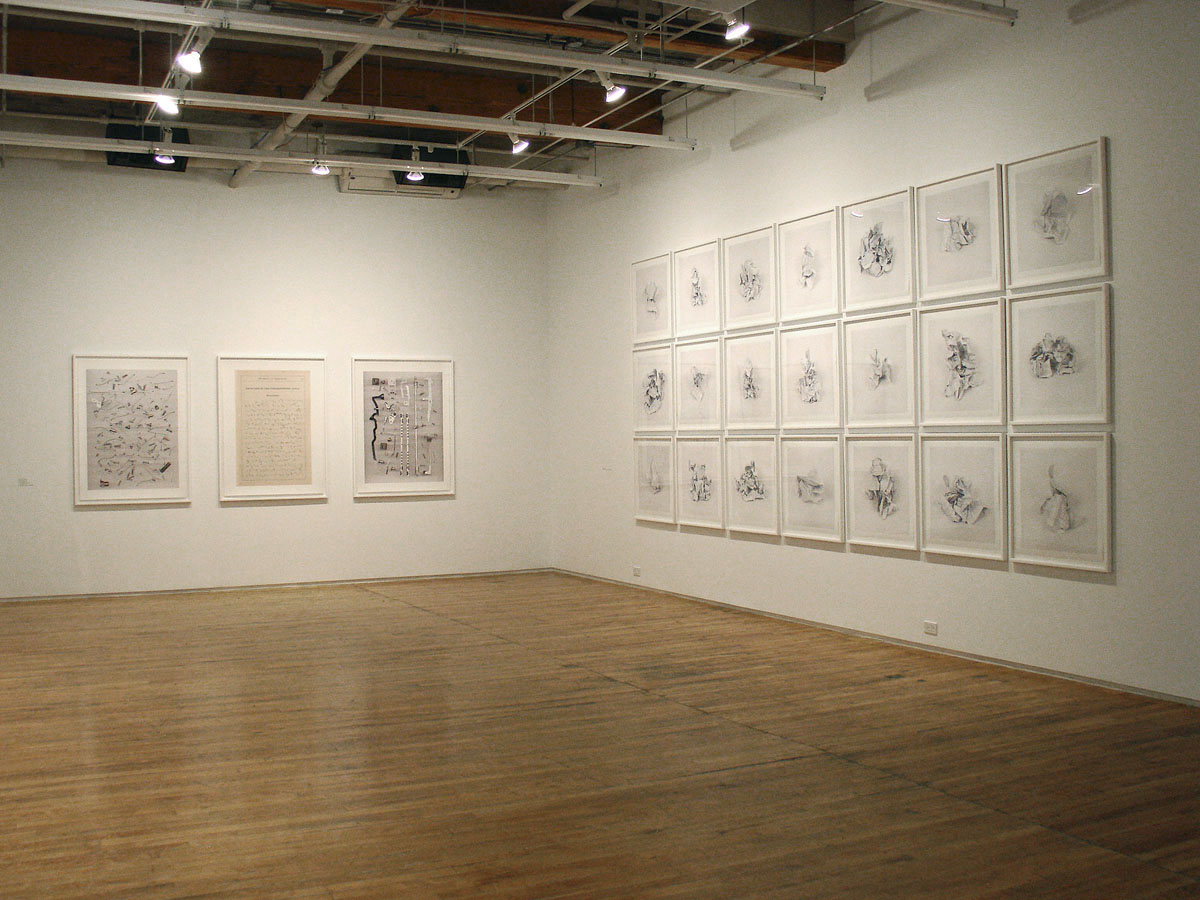
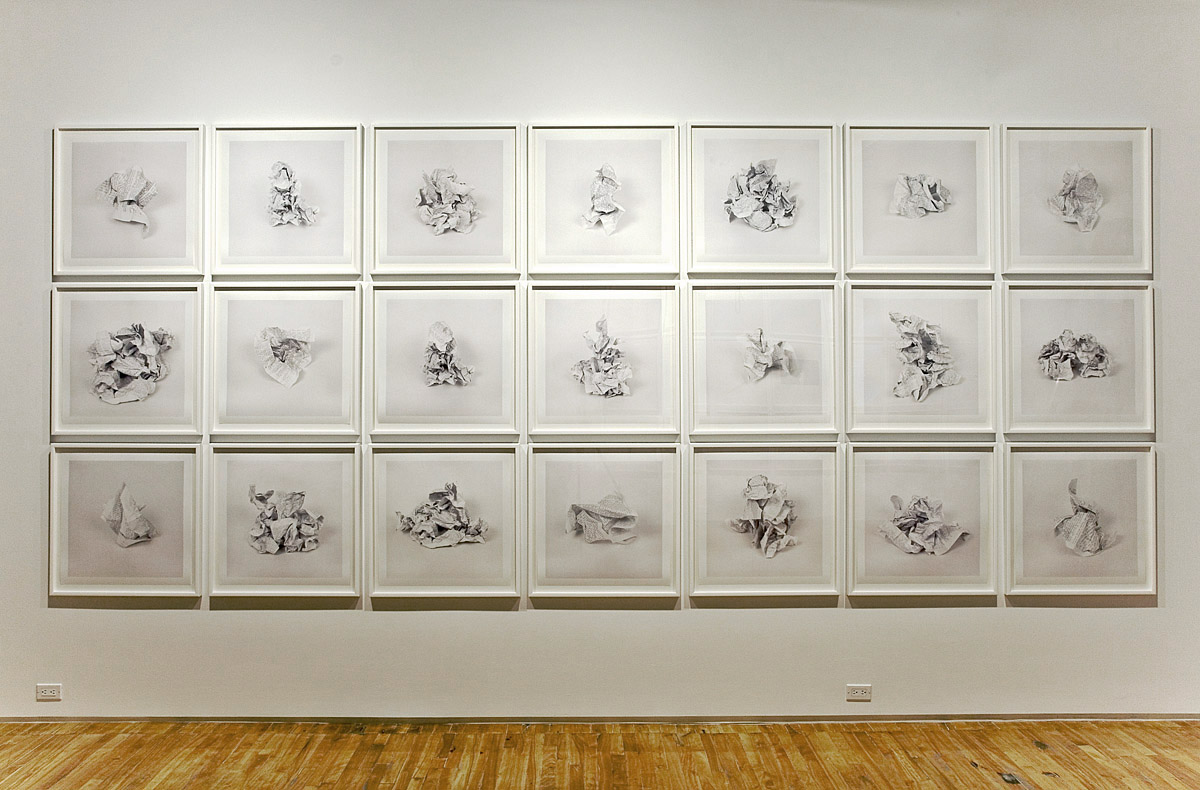
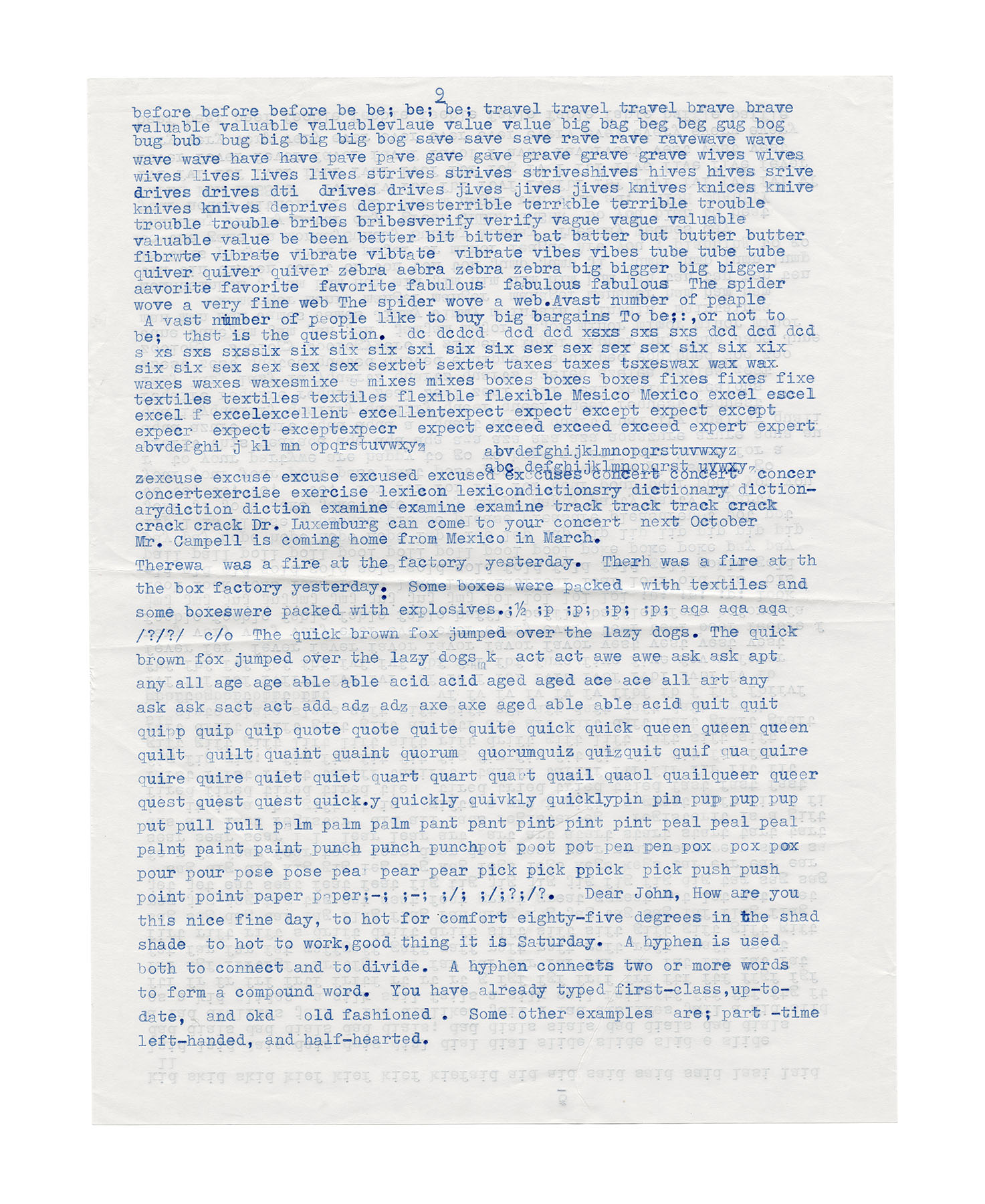
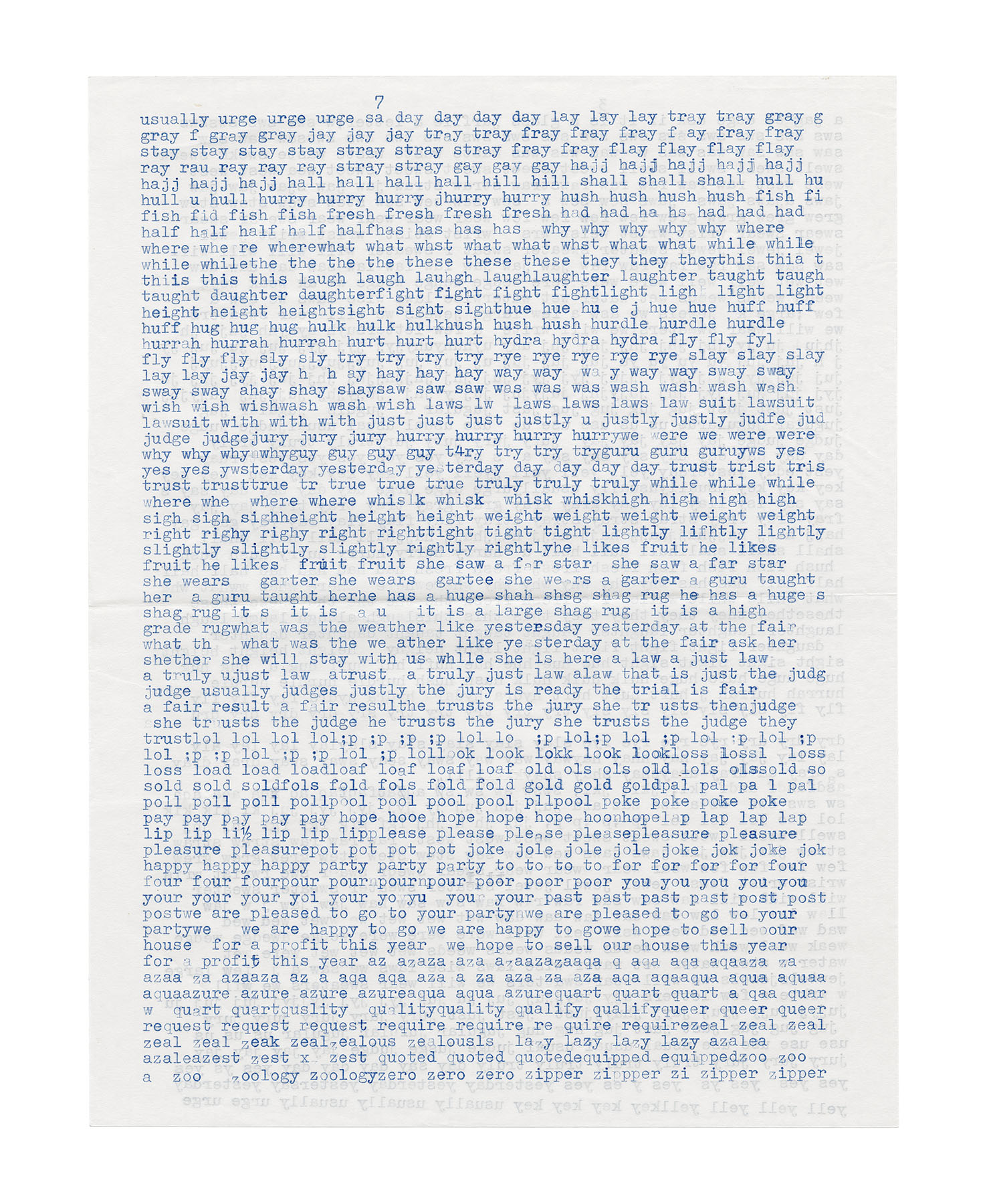
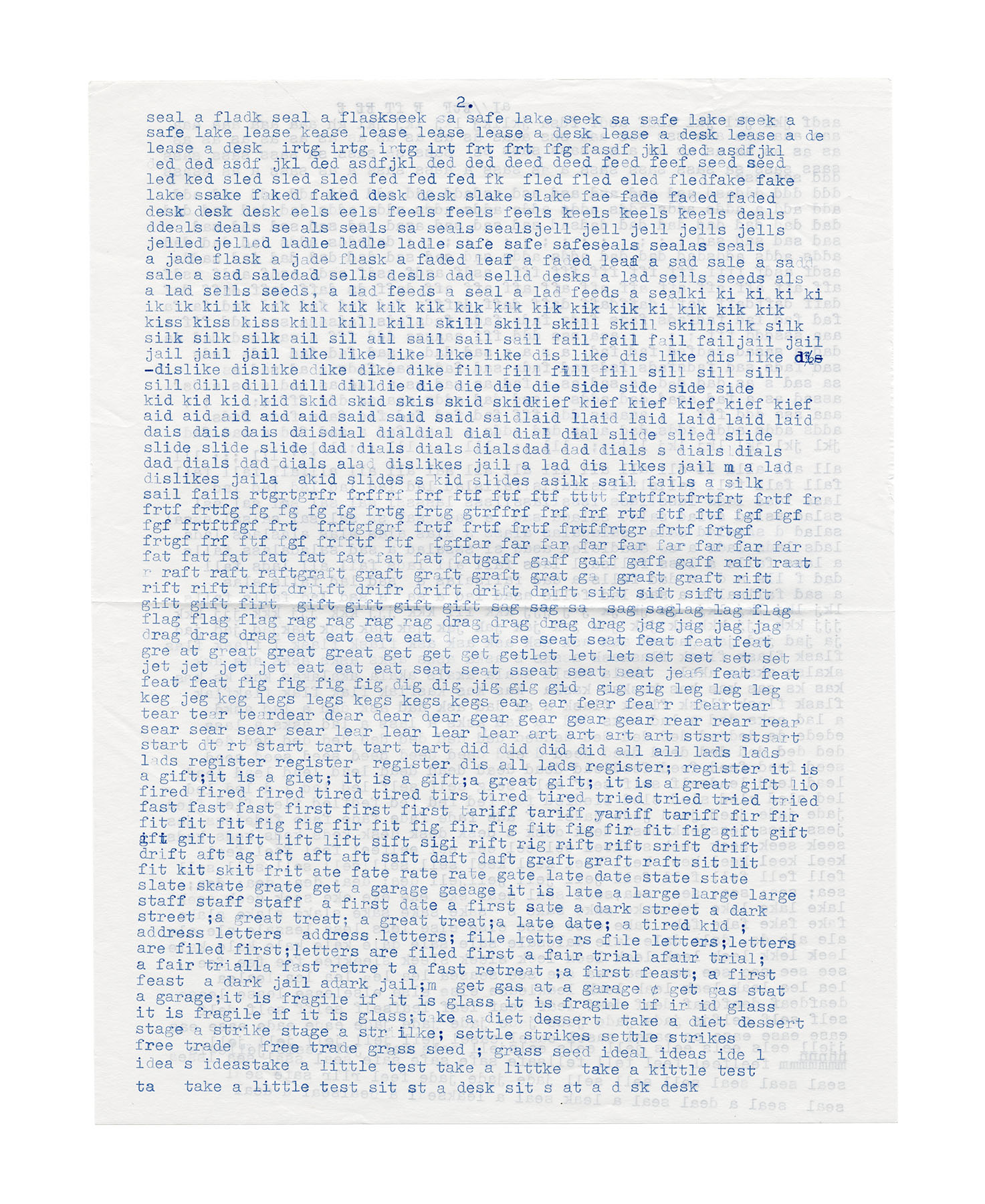


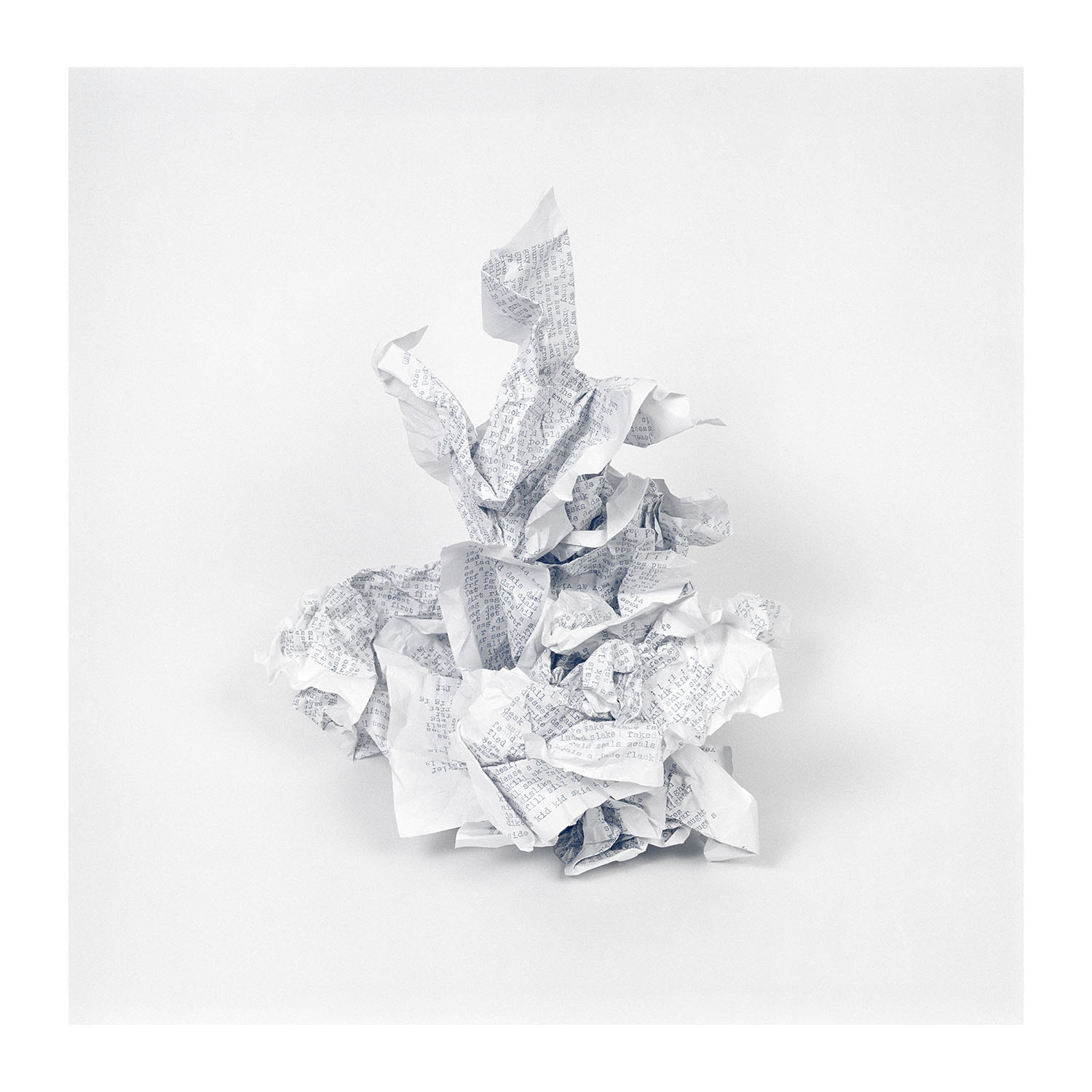


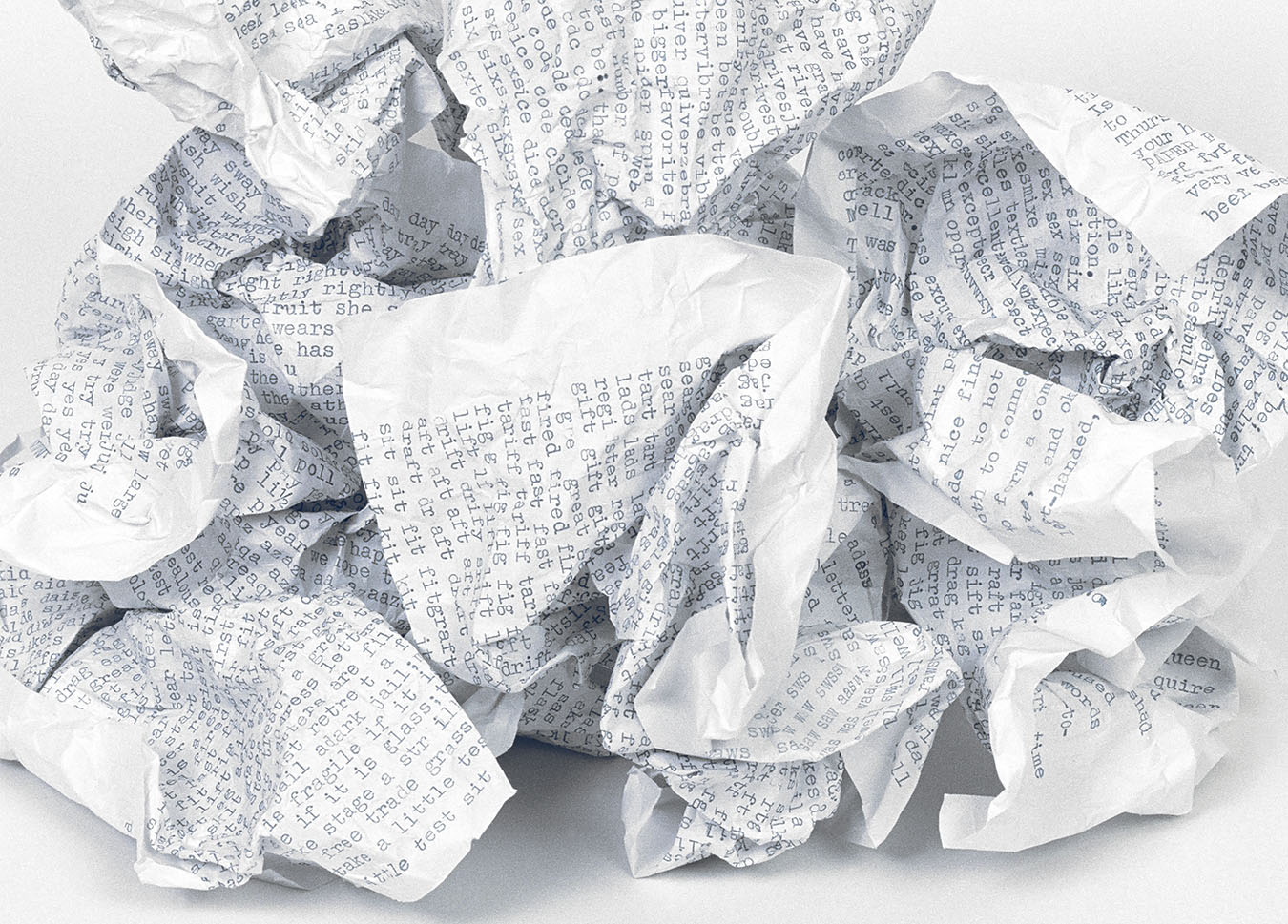
- 02 Writing Machines (2008)
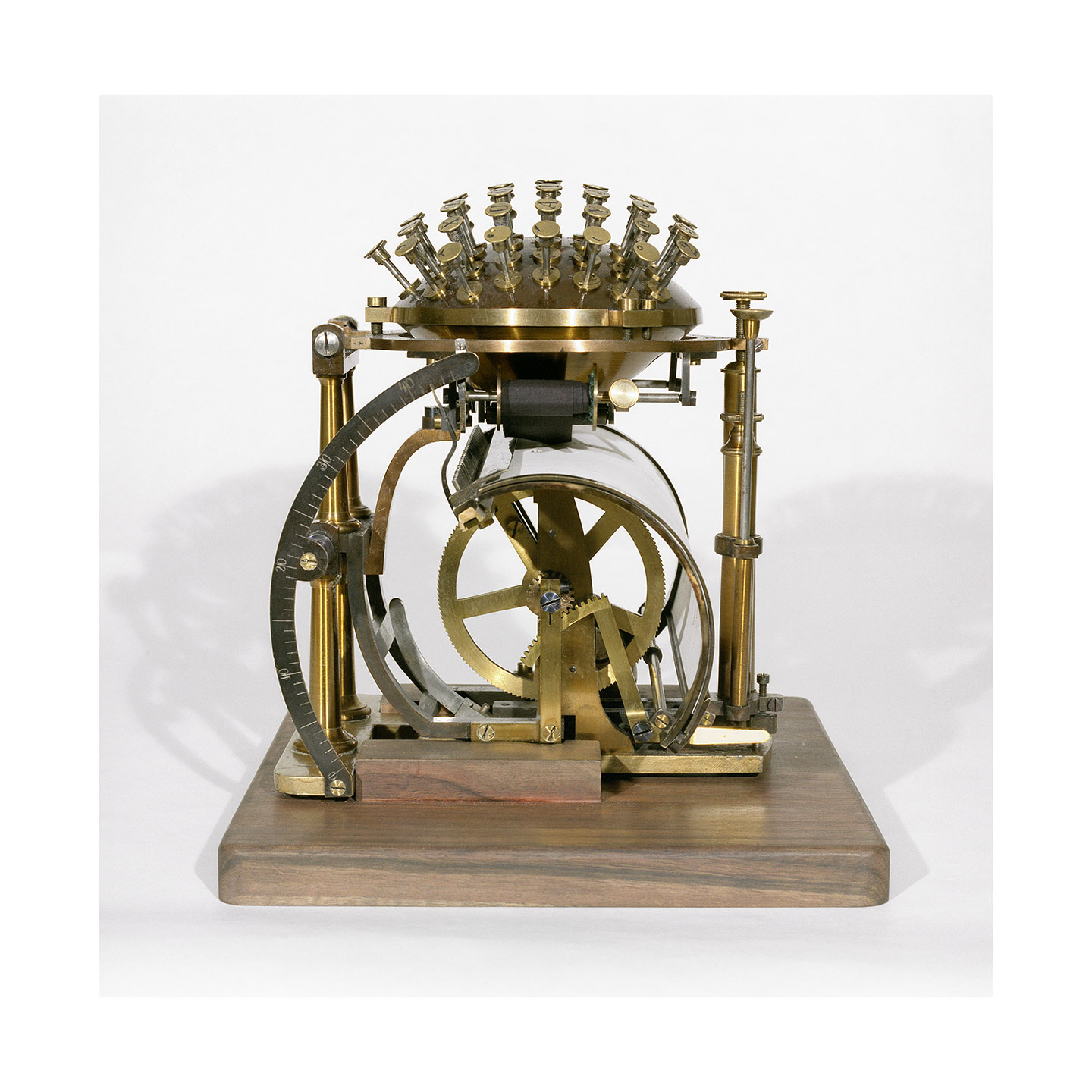




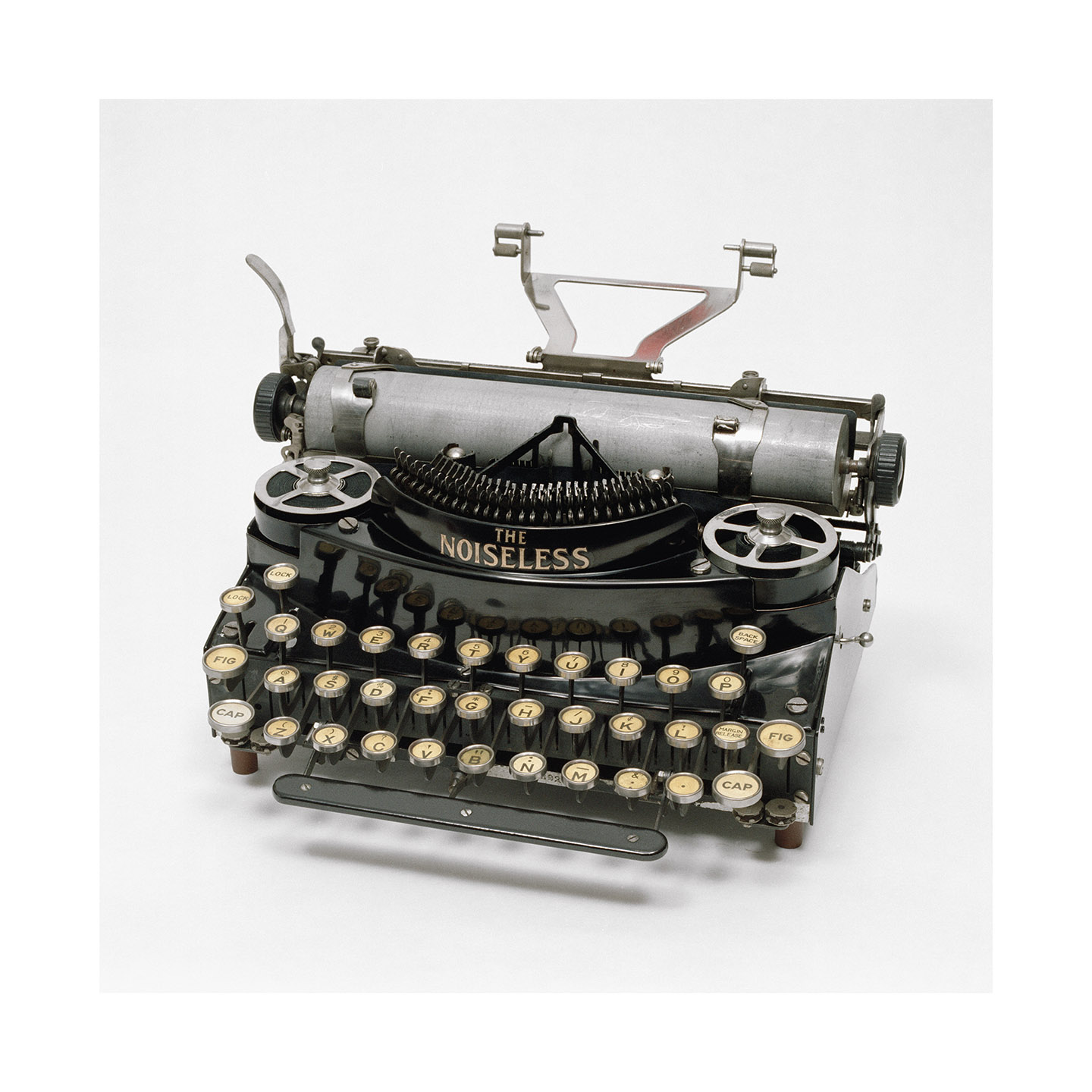


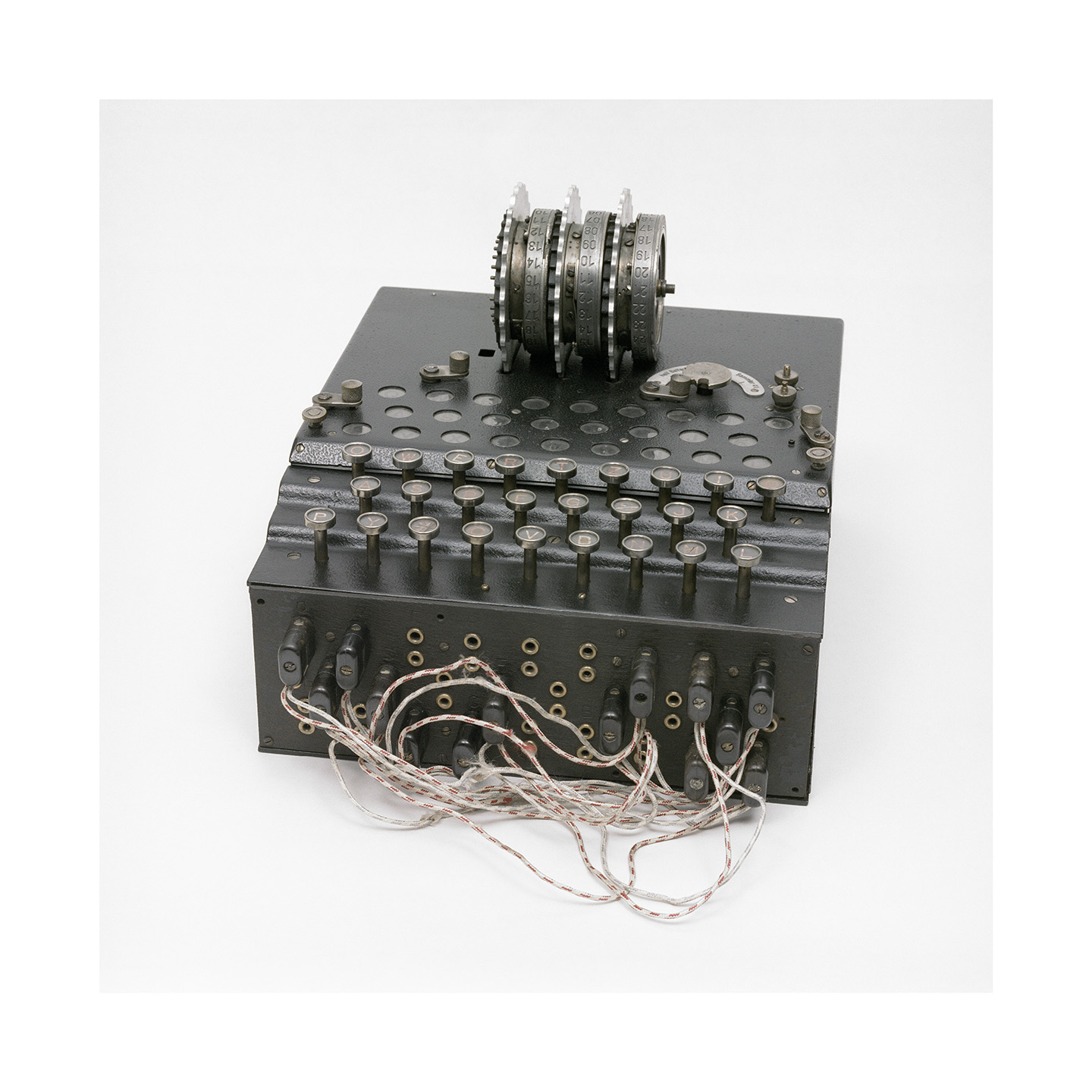


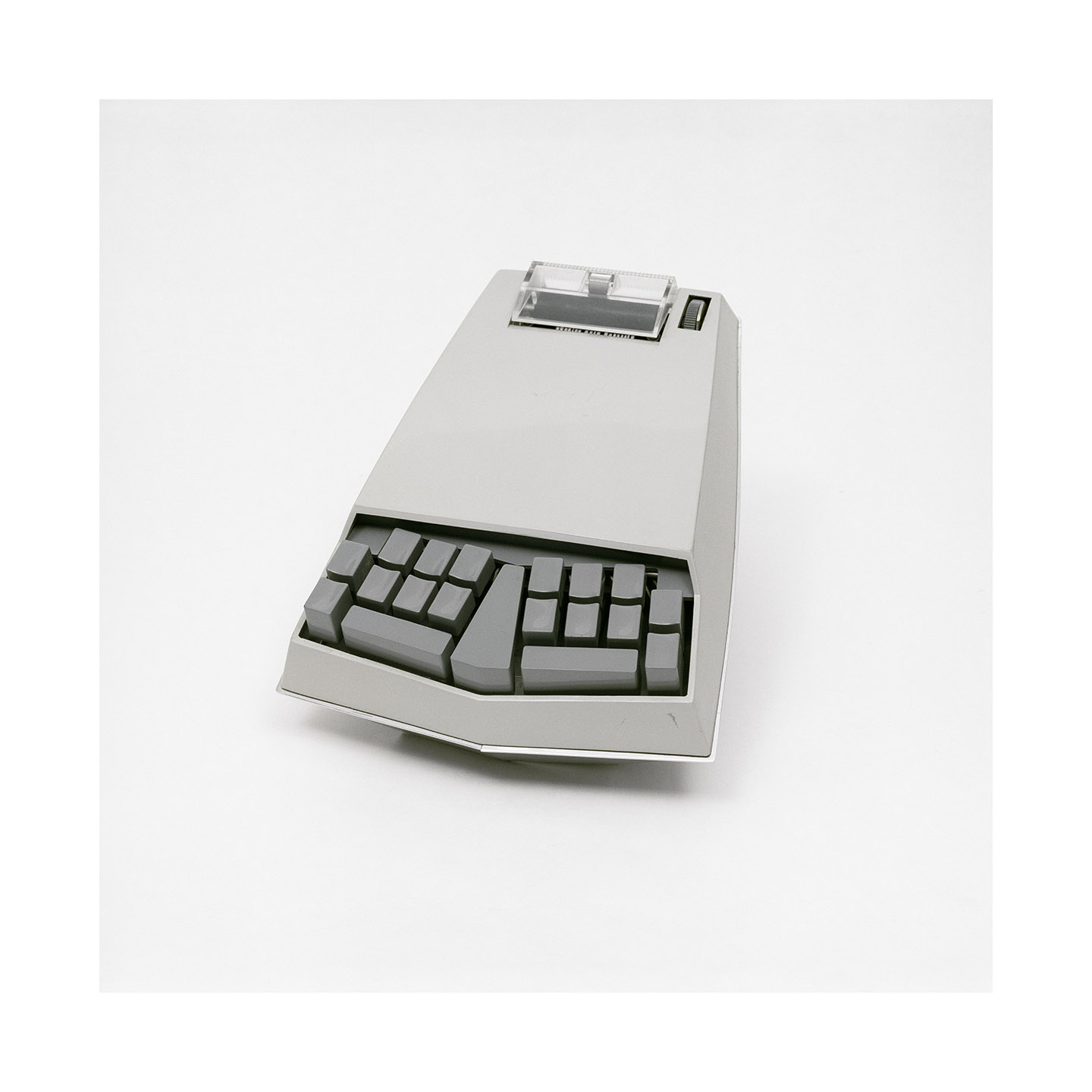

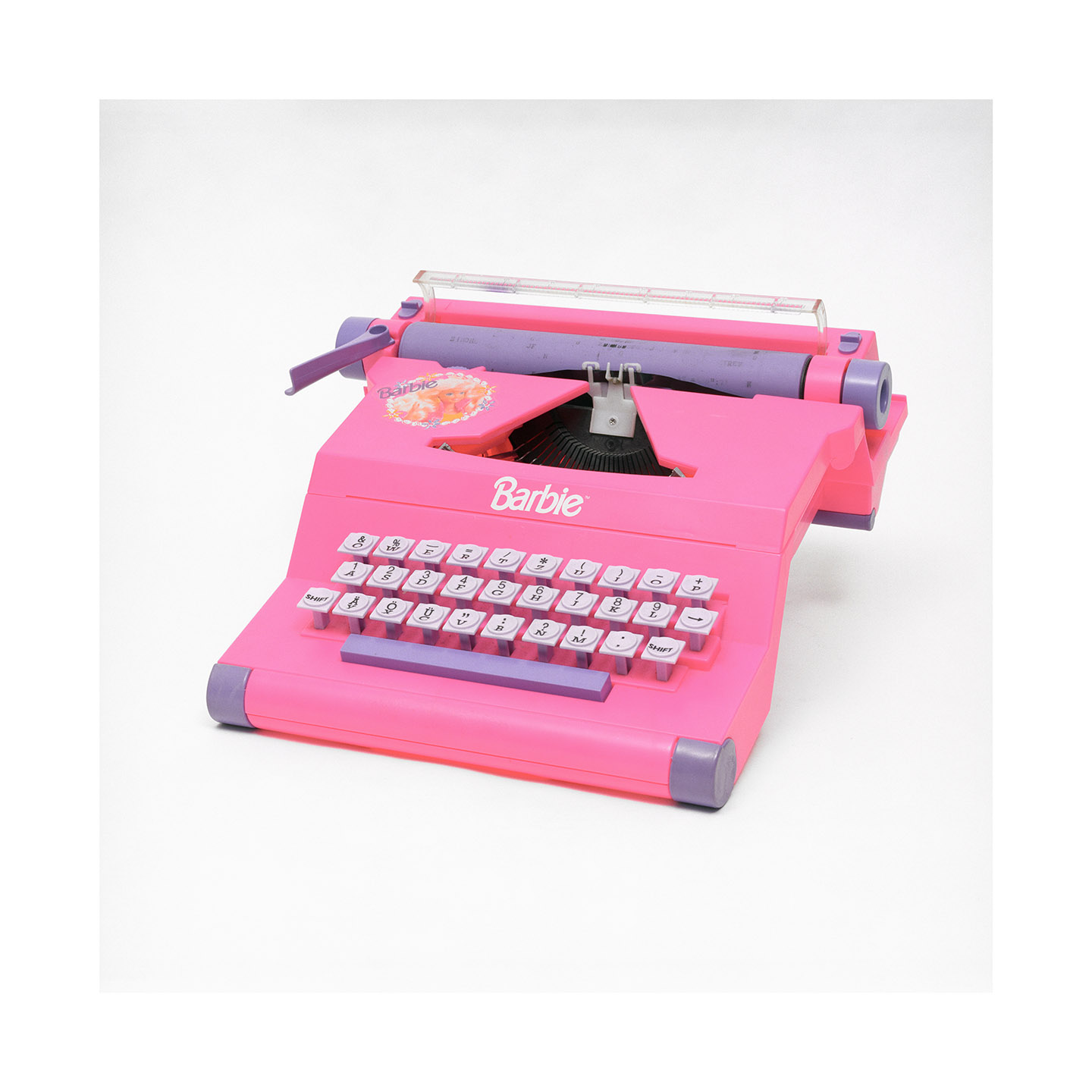



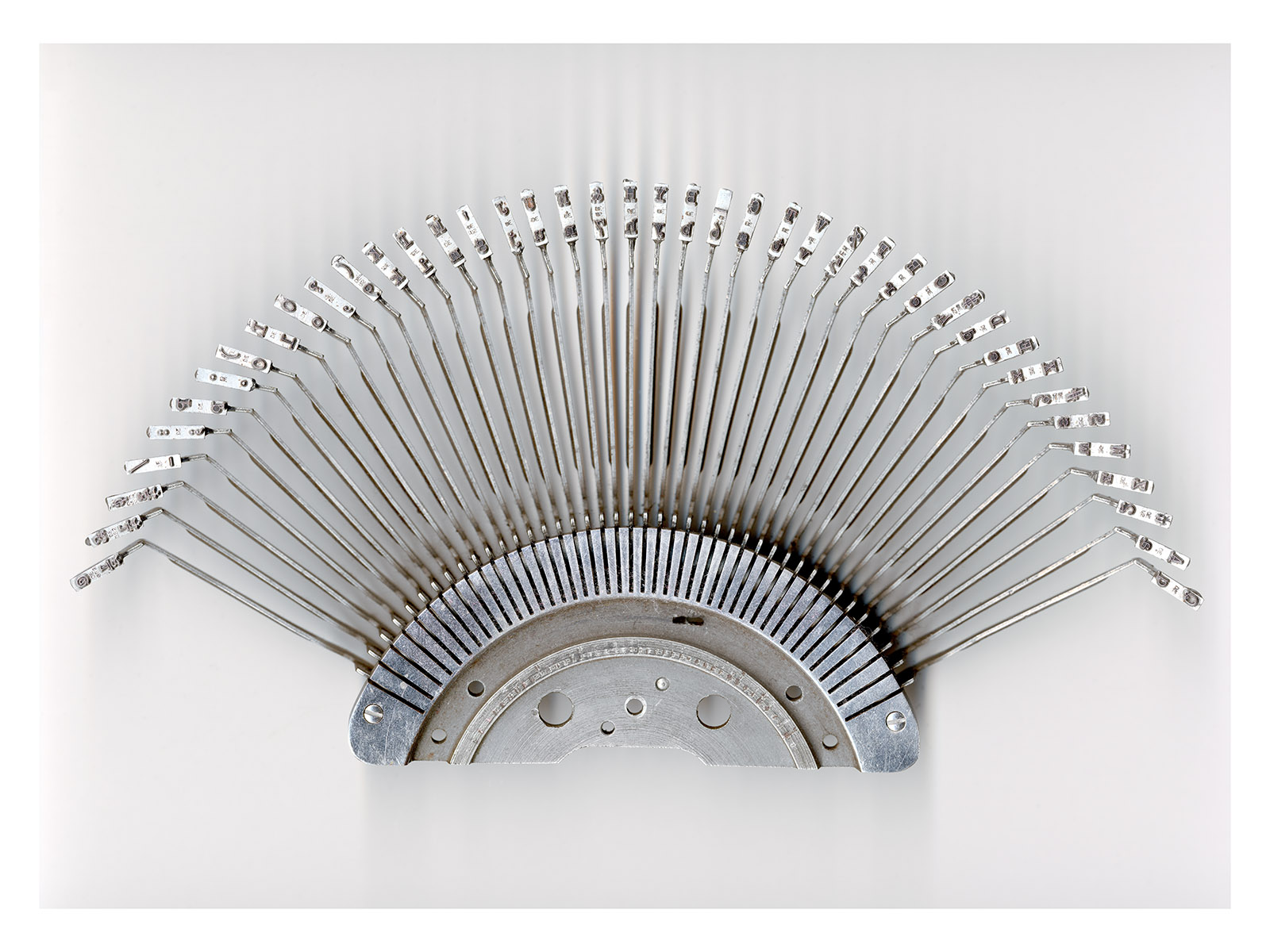

- 03 Hindsight (2010)
The work “Hindsight” presents three images of spherical objects suspended in a black field:
- Epimetheus, the fifth moon of Saturn. - An IBM Selectric typewriter ball: Courier font. - A retinal scan of my left eyeball.
Epimetheus, the Greek word for “hindsight” or “afterthought”, is the son of Iapetus and Clymene, and was the foolish brother of the demi-god Prometheus. Failing to heed the warnings of his brother not to take any gifts from Zeus, Epimetheus accepted the disguised gift of Pandora as his wife who consequently unleashed the woes of sorrows of the world.
This work visually reconsiders the allegory and name of Epimetheus in the context of technology, language and the physiology of perception.
Robert Bean, 2010
- Epimetheus, the fifth moon of Saturn. - An IBM Selectric typewriter ball: Courier font. - A retinal scan of my left eyeball.
Epimetheus, the Greek word for “hindsight” or “afterthought”, is the son of Iapetus and Clymene, and was the foolish brother of the demi-god Prometheus. Failing to heed the warnings of his brother not to take any gifts from Zeus, Epimetheus accepted the disguised gift of Pandora as his wife who consequently unleashed the woes of sorrows of the world.
This work visually reconsiders the allegory and name of Epimetheus in the context of technology, language and the physiology of perception.
Robert Bean, 2010
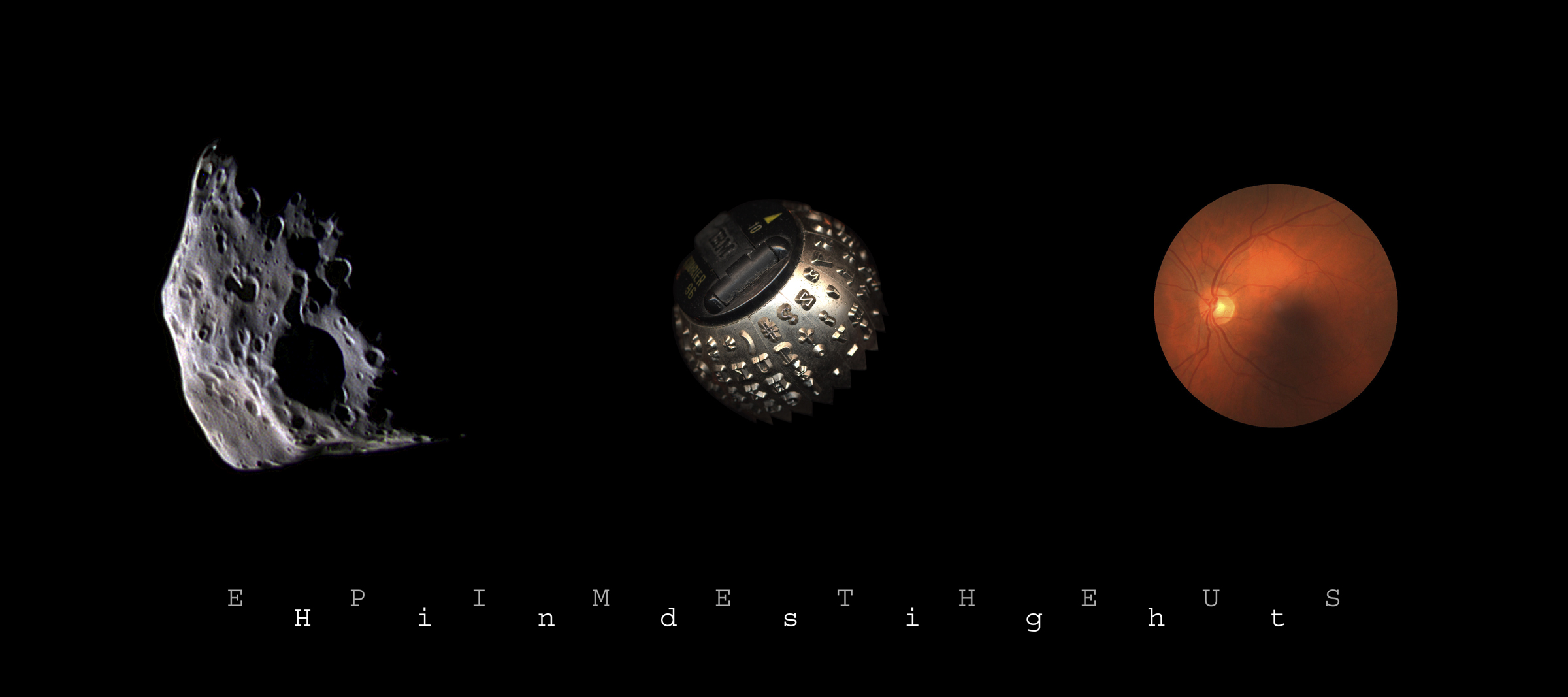
- 04 Theatre of Artifacts (2010)






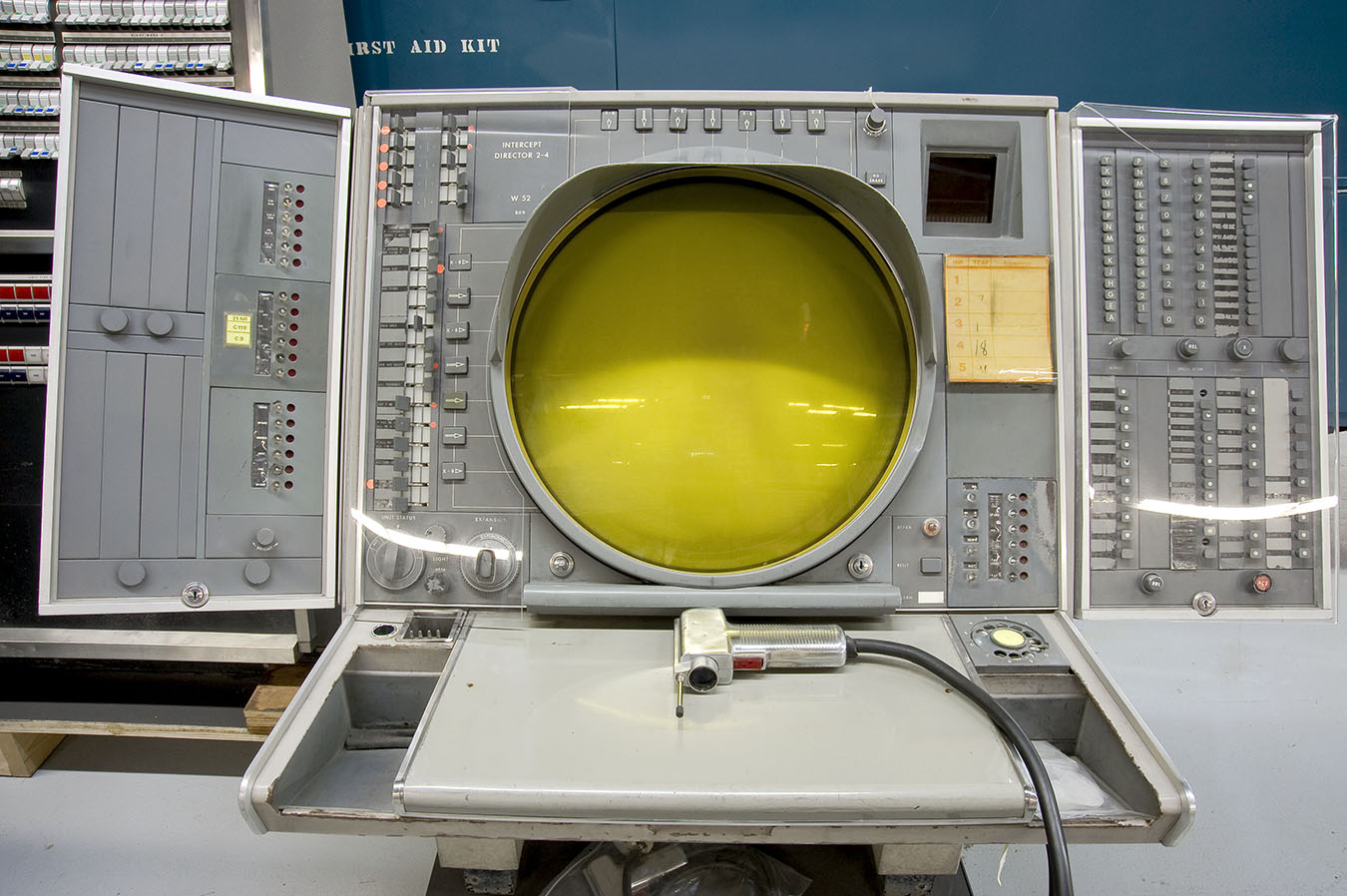
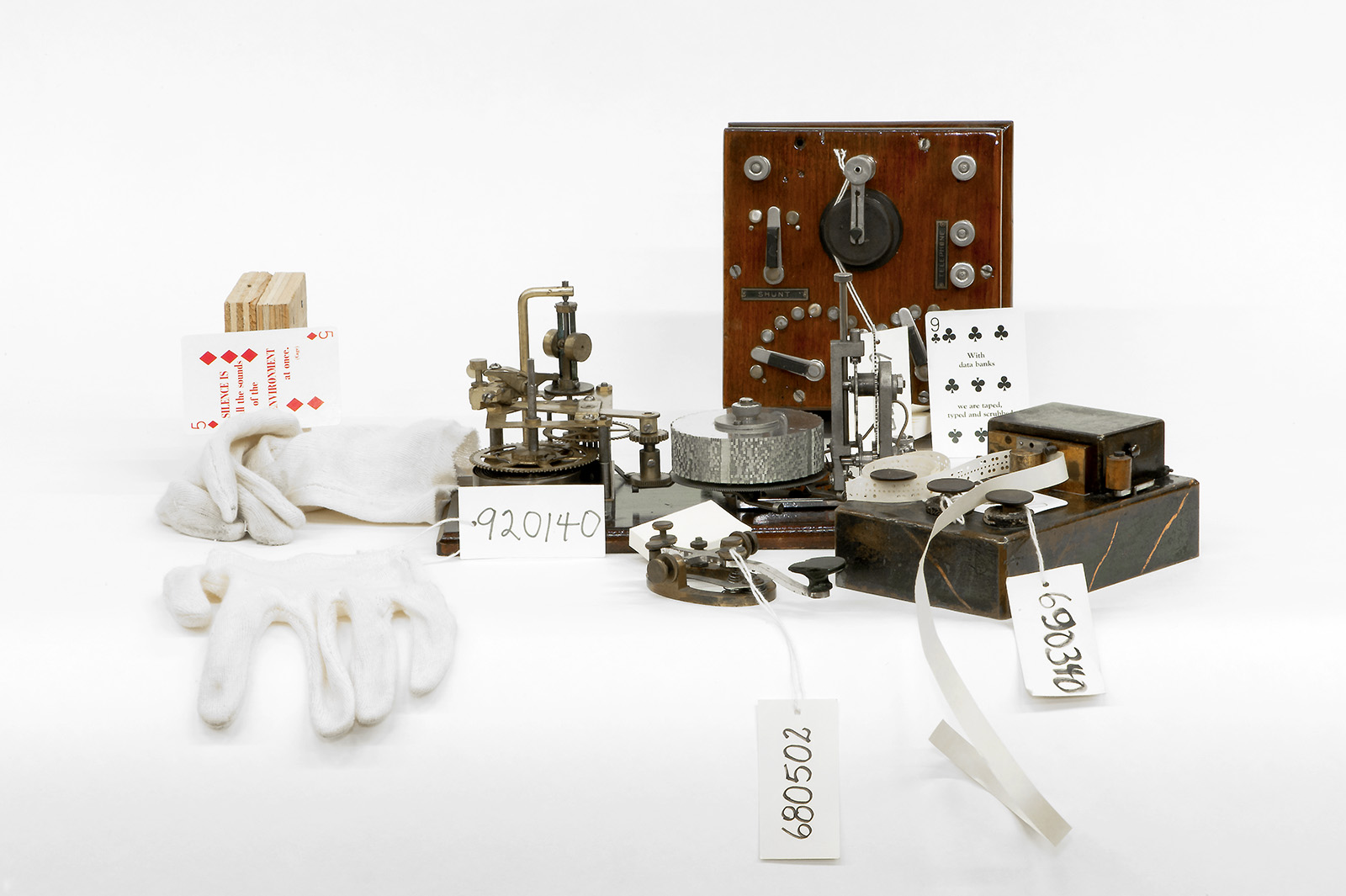
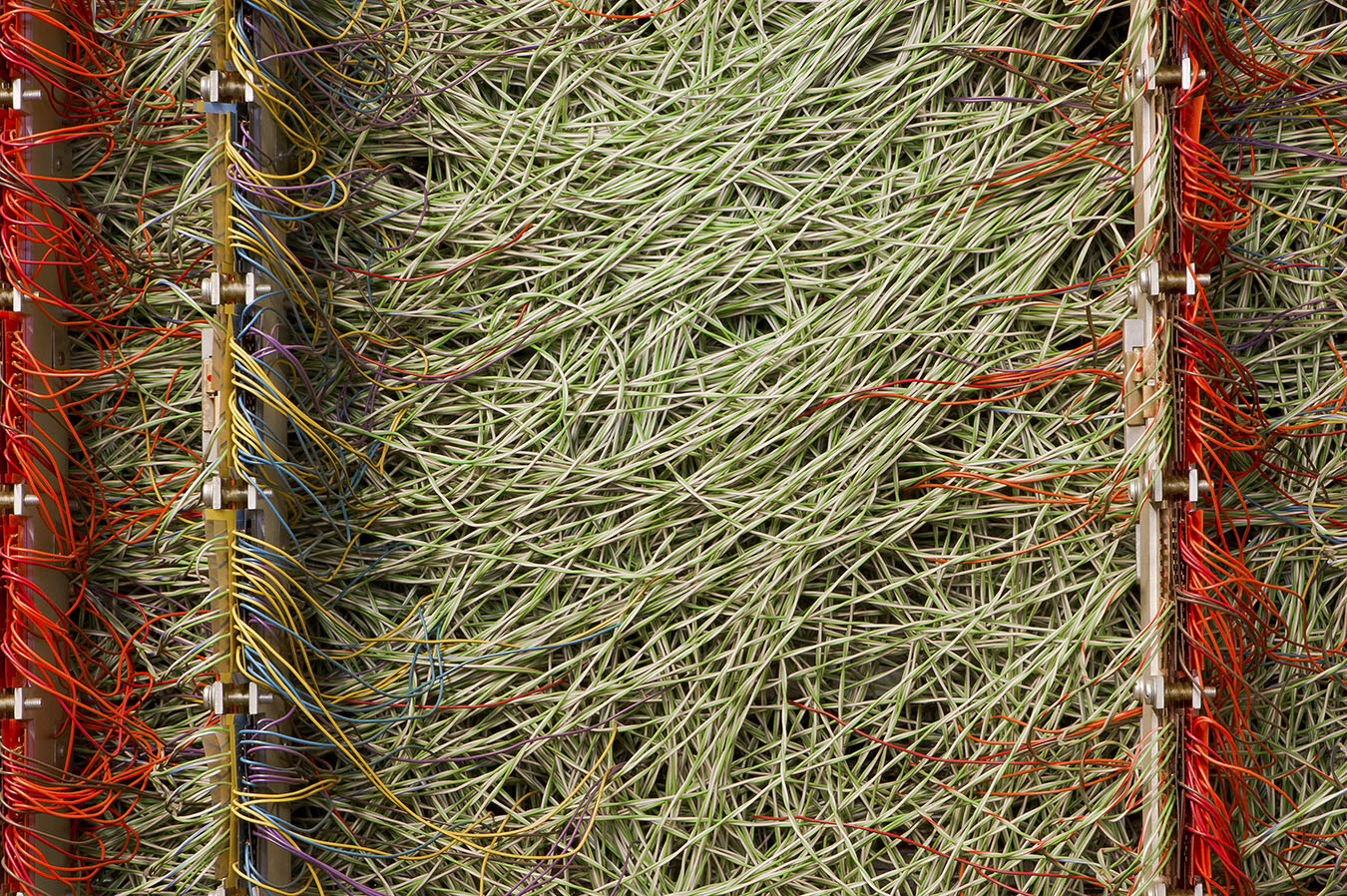
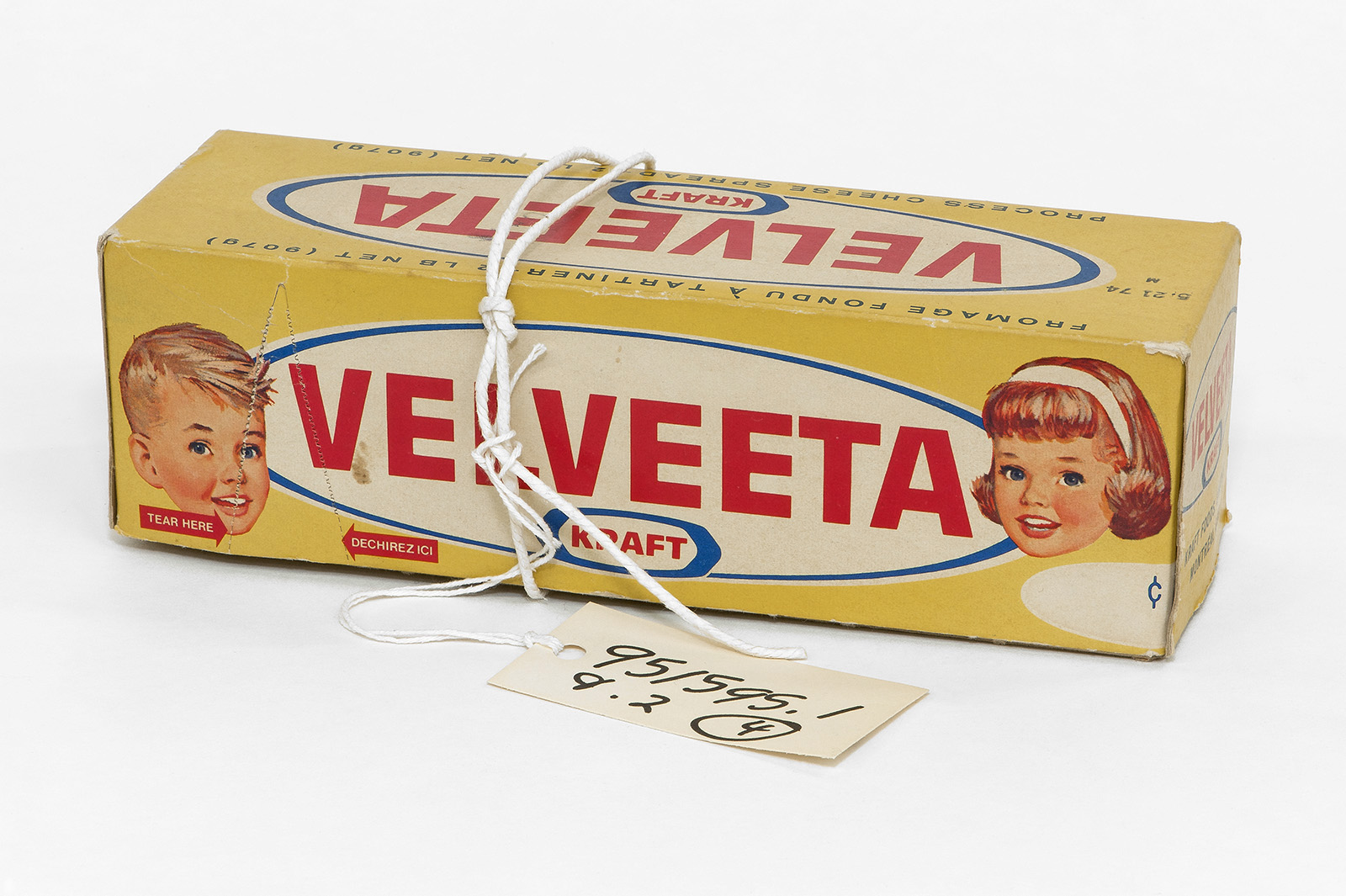
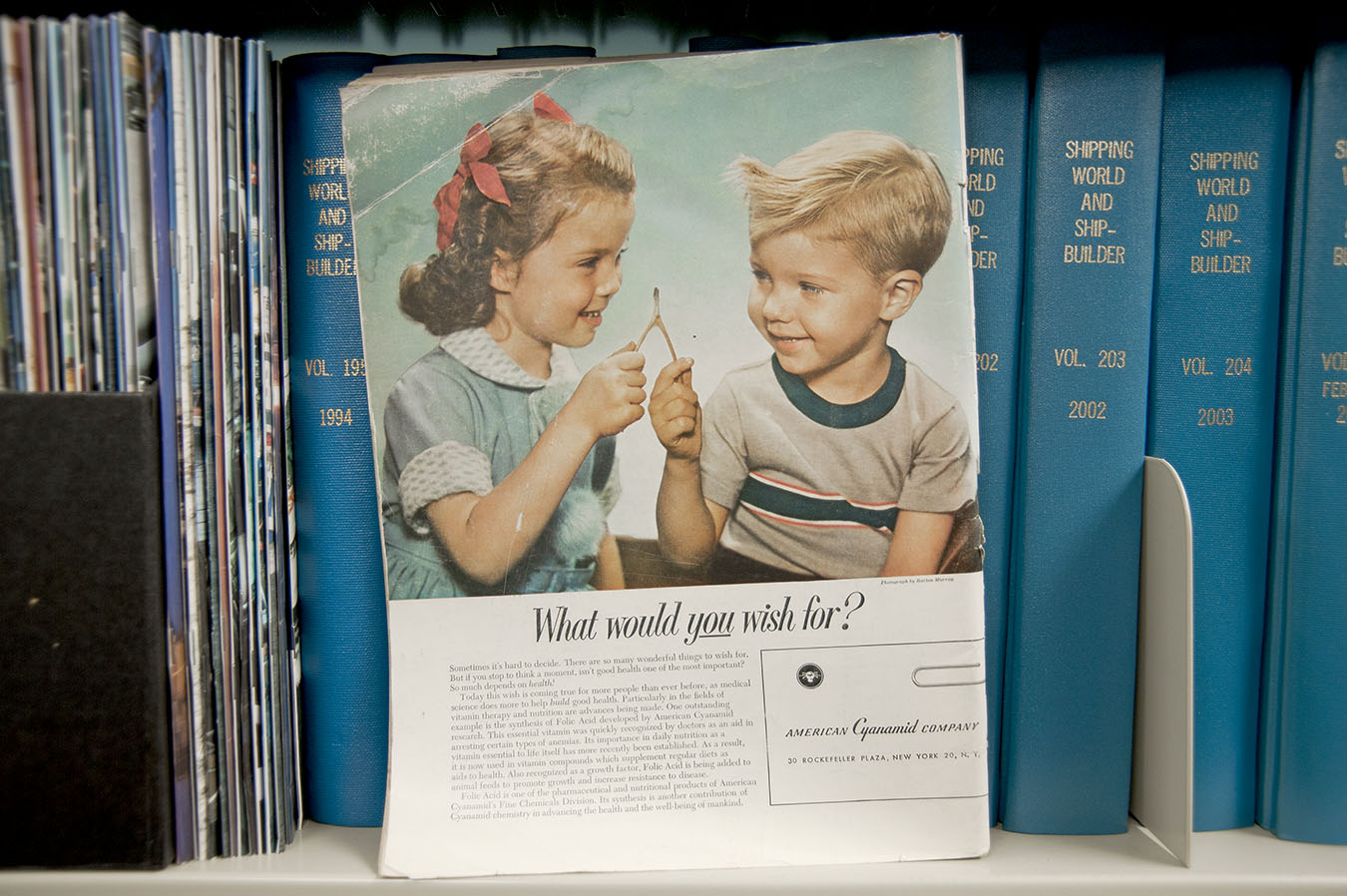




“Archaeology tries to define not the thoughts, representations, images, themes, preoccupations that are concealed or revealed in discourses; but those discourses themselves, those discourses as practices obeying certain rules. It does not treat discourse as document, as a sign of something else, as an element that ought to be transparent, but whose unfortunate opacity must often be pierced if one is to reach at last the depth of the essential in the place in which it is held in reserve; it is concerned with discourse in its own volume, as a monument.
Michel Foucault
“… could one not say that archaeology describes disciplines that are not really sciences, while epistemology describes sciences that have been formed on the basis of (or in spite of) existing disciplines?
To these questions I can reply in the negative. Archaeology does not describe disciplines. ”
Michel Foucault
The collection areas and storage buildings at Canada Science and Technology Museum are a Theatre of Artifacts. Objects, technology and things wait in the wings, eager for an opportunity to perform on the Museum stage. Distributed throughout the floor space and shelving of the warehouses, these artifacts generate a myriad of associations and narrative readings that exceed the possibilities of any one artifact. At the same time, some artifacts may present themselves more readily through the unpredictable and incongruous relationship that is established with other artifacts in storage. Artifacts imply narratives, histories and statements. The collection at CSTM, when seen collectively, presents an accumulation of statements that may evoke wonder and metaphors alluring to the imagination. This project approaches the Museum as an artifact in itself.
During the Fall of 2010, Robert Bean created an archive of photographs as the artist-in-residence at CSTM. Bean’s residency emerged from the first “Reading Artifacts” symposium held at the Canada Science and Technology Museum in 2009. Prior to the symposium, Bean was awarded a SSHRC Research Creation Grant to explore the subject of “Obsolescence and the Culture of Human Invention” through an artistic exploration of historical and contemporary media technologies.
As artists, interpreters and historians, it is important that we create opportunities for dialogue between the discipline of science, the histories of science of technology and the practice of art. The movement toward interdisciplinary and transdisicplinary investigations has become a vital research methodology in a world where science, technology and art have such profound impact on our experience and understanding of culture and place. As Marshall McLuhan has noted, we will experience much more then we can comprehend.
Robert Bean, 2010
- 05 Illuminated Manuscripts (2011)
Illuminated Manuscripts (2011)
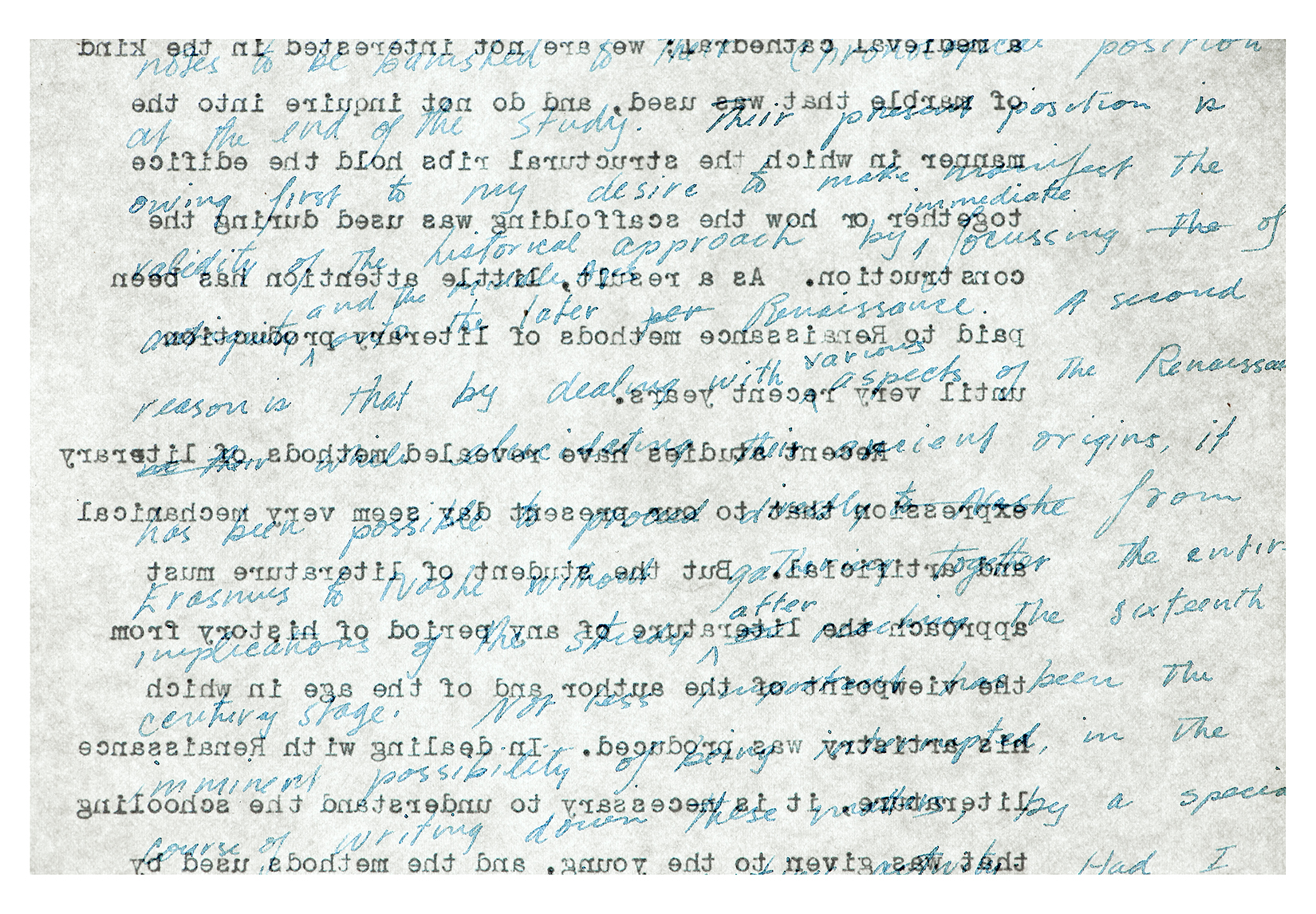

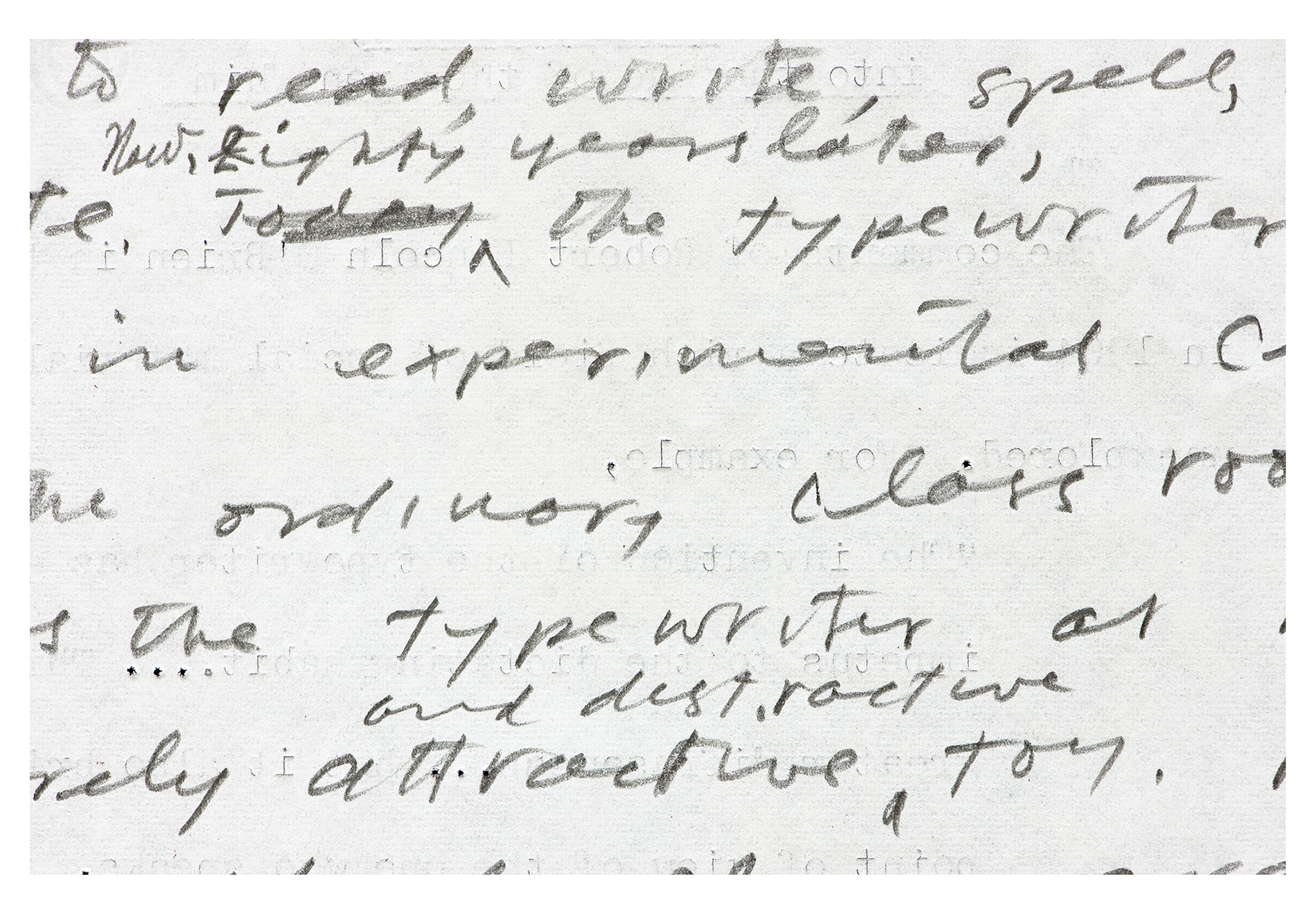


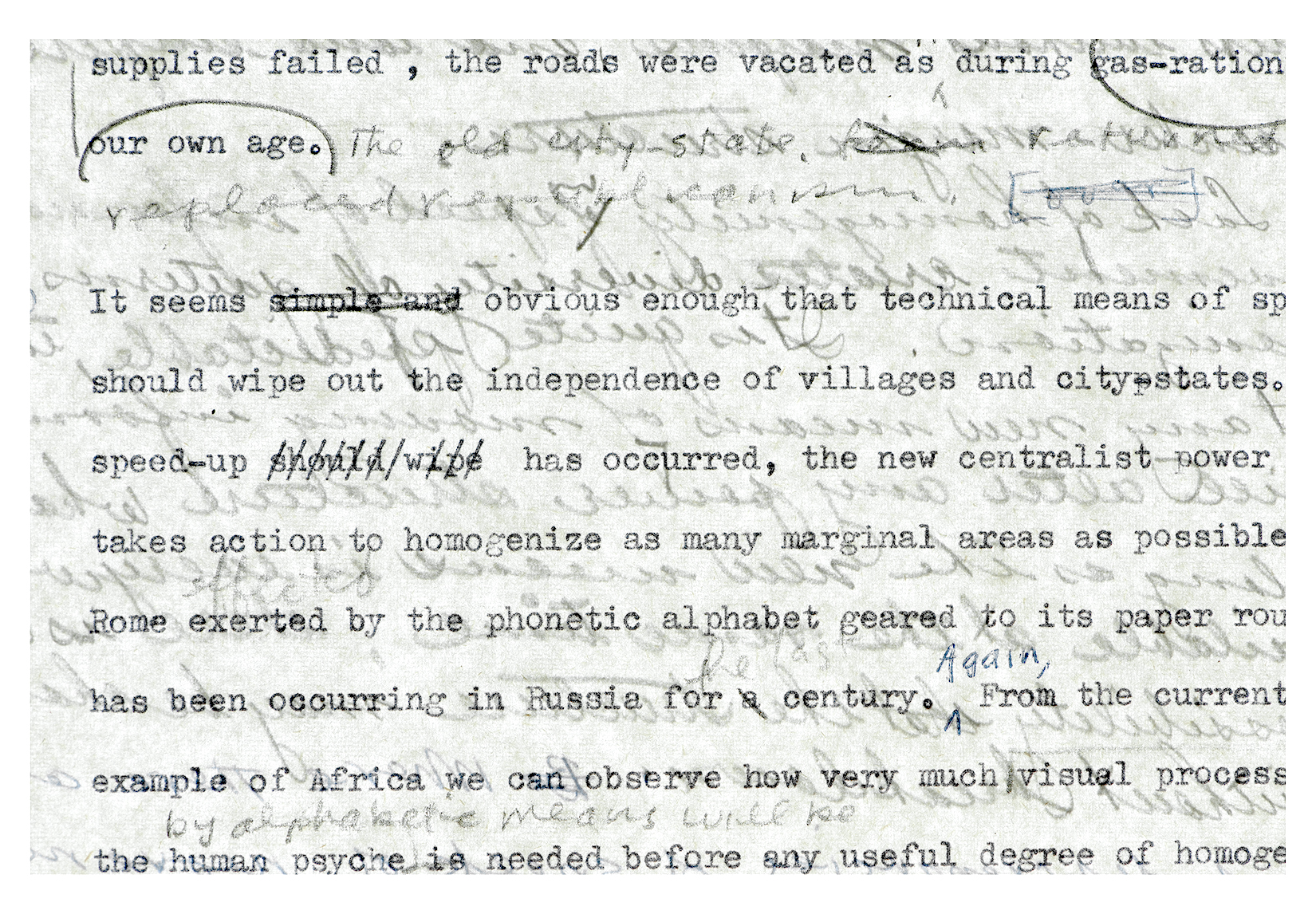
“Illuminated Manuscripts” is a project about writing, archives and photography. The images that comprise “Illuminated Manuscripts” are from documents in the McLuhan Fonds at the Library and Archives of Canada as well as artifacts in the collection of the Canadian Museum of Science and Technology in Ottawa. Photographs of additional artifacts are derived from related sites and collections.
“Illuminated Manuscripts” is literal and is derived from the fact that McLuhan hand wrote his books before having them transcribed with the typewriter. In the “Gutenberg Galaxy”, McLuhan discusses the imposed linearity on language, culture, knowledge and learning in the transition from handcrafted manuscripts to mechanical printing. Using details from McLuhan’s manuscripts, many of which were photographed with back lighting to create a boustrophedon (recto-verso montage of text), “Illuminated Manuscripts” directs attention to McLuhan’s ideas concerning the written word, the printed word, the typewriter, photography, and electronic media. McLuhan equates the effects of mechanized printing to the invention of perspective in visual art. Here the written word and the photographic image share a historical relationship to the paradigms of technological allegory. McLuhan wrote that the “… word as a snapshot of some instant of perception is also a storehouse of experience, …). Words are artifacts and they are things.
“At the same time that Gutenberg’s Bible appeared in Germany there was a great fad in Italy associated with the camera obscura. It was found to be possible to sit in a darkened room and by means of a pinhole on one side of the room to see on the opposite side the landscape and moving figures from the outside world reflected on the inner wall.”
McLuhan noted that Erik Barnouw related the optical phenomenon of the camera obscura to watching TV, a media that McLuhan had already identified as an extension of the photograph and the cinema.
The sites and things that I explore consider the temporal uncertainty that photographs and digital media evoke in relation to experience, technology and language. Specific to this project is the production of artwork influenced by the culture of machines and obsolescence. Rather than presuming that obsolescence is inherently defined by loss and nostalgia, I interact with things and methodologies that transpire through obsolescence. As Marshall McLuhan observed, "obsolescence is the matrix of innovation".
Photography, typing, and phonographic writing are historically defined as technologies of verbatim inscription. The history and memory of our embodied relationship to these technologies is essential to the design of the human-computer interface, the subsequent redefinition of experience as pattern and information and the inexhaustible networks of storage and retrieval that we engage with every day.
For the past six years, I have been working in archives and museums related to this project. In 2010, I was invited to be the artist-in-residence at the Canadian Science and Technology Museum in Ottawa. The residency at the museum provided a unique opportunity to continue my exploration of obsolescence, science and technology. Artifacts pertaining to systems of language and verbatim inscription, mathematical models, and obsolete computers played a significant part in the work that I completed during the residency.
Concurrent with the residency at the museum, the McLuhan estate generously offered permission to make interpretive images from the McLuhan Fonds in the Library and Archives of Canada. What I discovered was astonishing. Not just for the immense content of McLuhan’s ideas, but for the actual materiality and texture that the artifacts and documents retain. Embossed, marked and scored with the momentum of annotated gestures, many of these documents illuminate McLuhan’s methodology and use of inscriptive technology. The manuscripts and documents utilize the technological processes of 20th century bureaucracies: handwriting, typewritten drafts and carbon copies (c.c.). Corrected and re-typed with additional carbon copies, the pages of the manuscripts reveal the apparatus of inscription. The fact that the letters “c.c.” (now translated as courtesy copy) retain a presence in contemporary email transmission, verifies McLuhan’s theories regarding the genealogical succession of one technology to the next.
By attentively examining the visual traces and processes of inscription that McLuhan left on his documents, attributes of McLuhan’s working process regarding the sensorial experience of perception and media were also revealed. McLuhan’s attention to the extension of the senses through media relied on descriptions that highlighted the experience of tactility, haptic vision and acoustic space. McLuhan was a modern day scribe, a “writing machine”. I approached the McLuhan documents in the archives as a visual artist and in this context things speak.
McLuhan wrote extensively on the subject of obsolescence and technology, specifically in his formation of the “Tetrad”, a system for structurally analyzing material and cultural artifacts through the figure-ground relationship. The four quadrants of the tetrad are:
A. Enhancement (figure): What does any artifact enlarge or enhance?
B. Obsolescence (ground): What does it erode or obsolesce?
C. Retrieval (figure): What does it retrieve that had been earlier obsolesced?
D. Reversal (ground): What does it reverse or flip into when pushed to the limits of its potential (chiasmus)?
The photographs from “Illuminated Manuscripts” seek to emphasize the figure-ground relationship that is physically inscribed on the surface of McLuhan’s documents and manuscripts. His extensive collection of clippings, magazines and correspondence as well as the artifacts from his childhood inform the essence of his historic research into language, culture and media.
Enhanced by Obsolescence (2011)


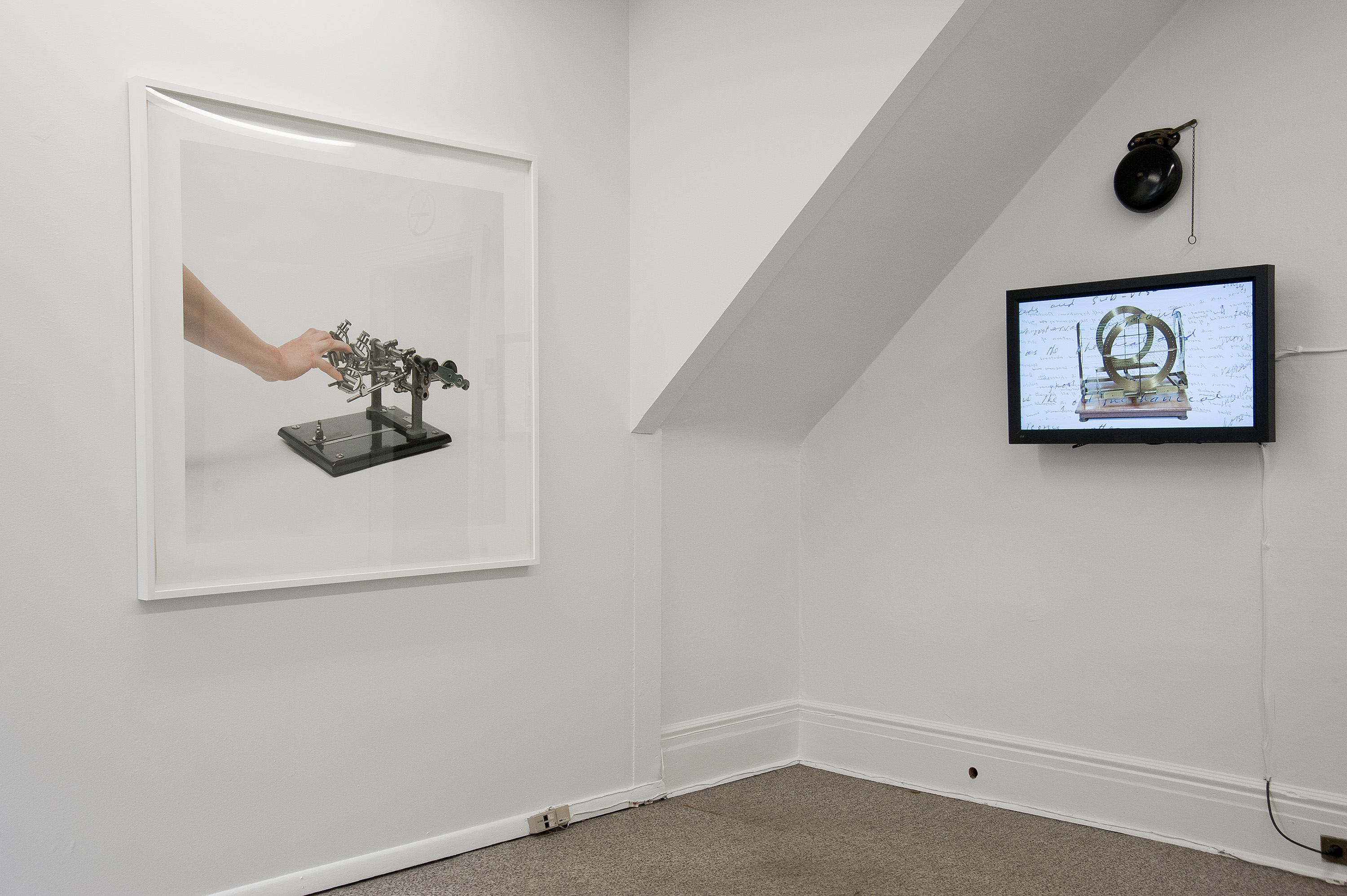

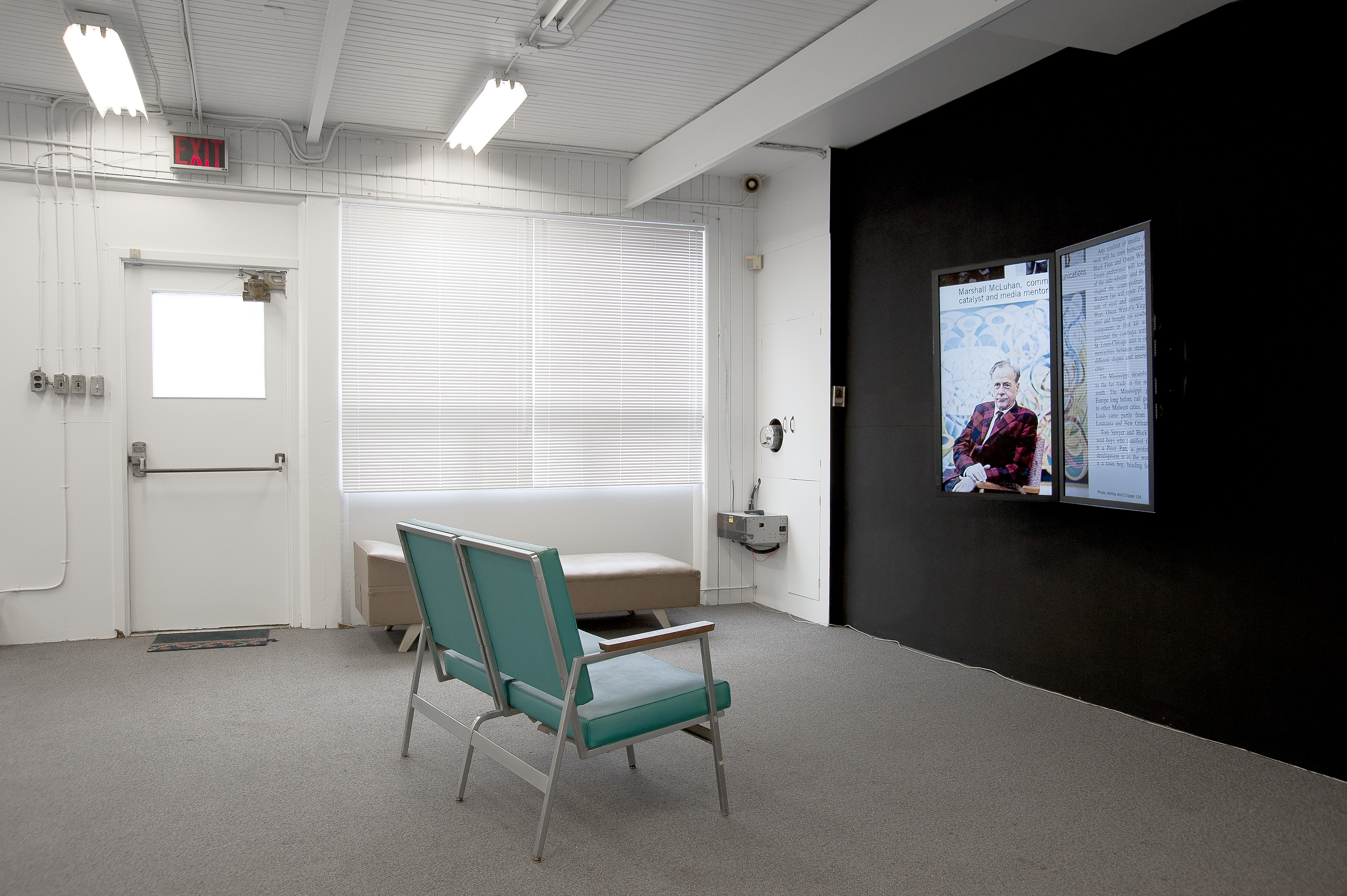






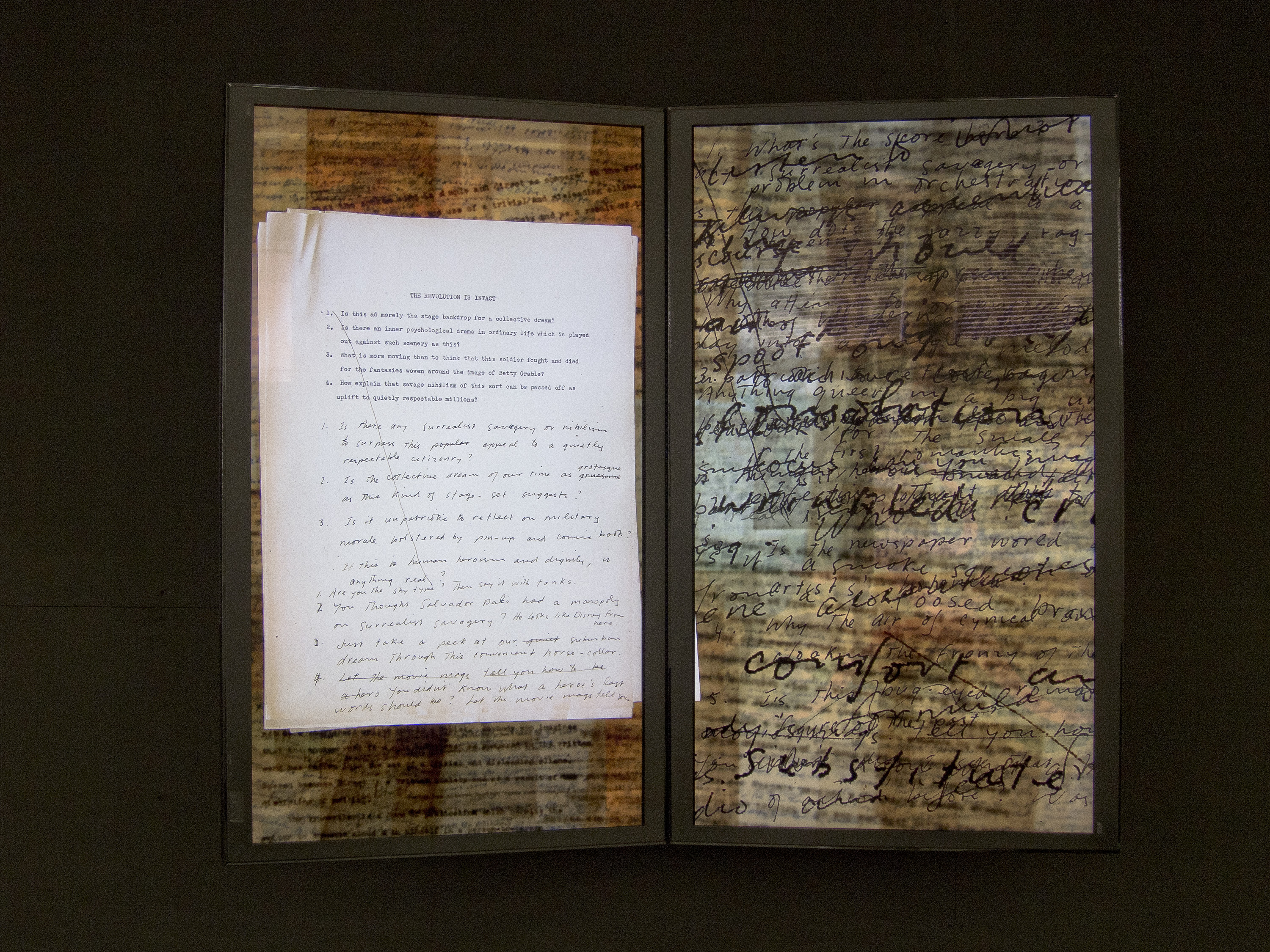

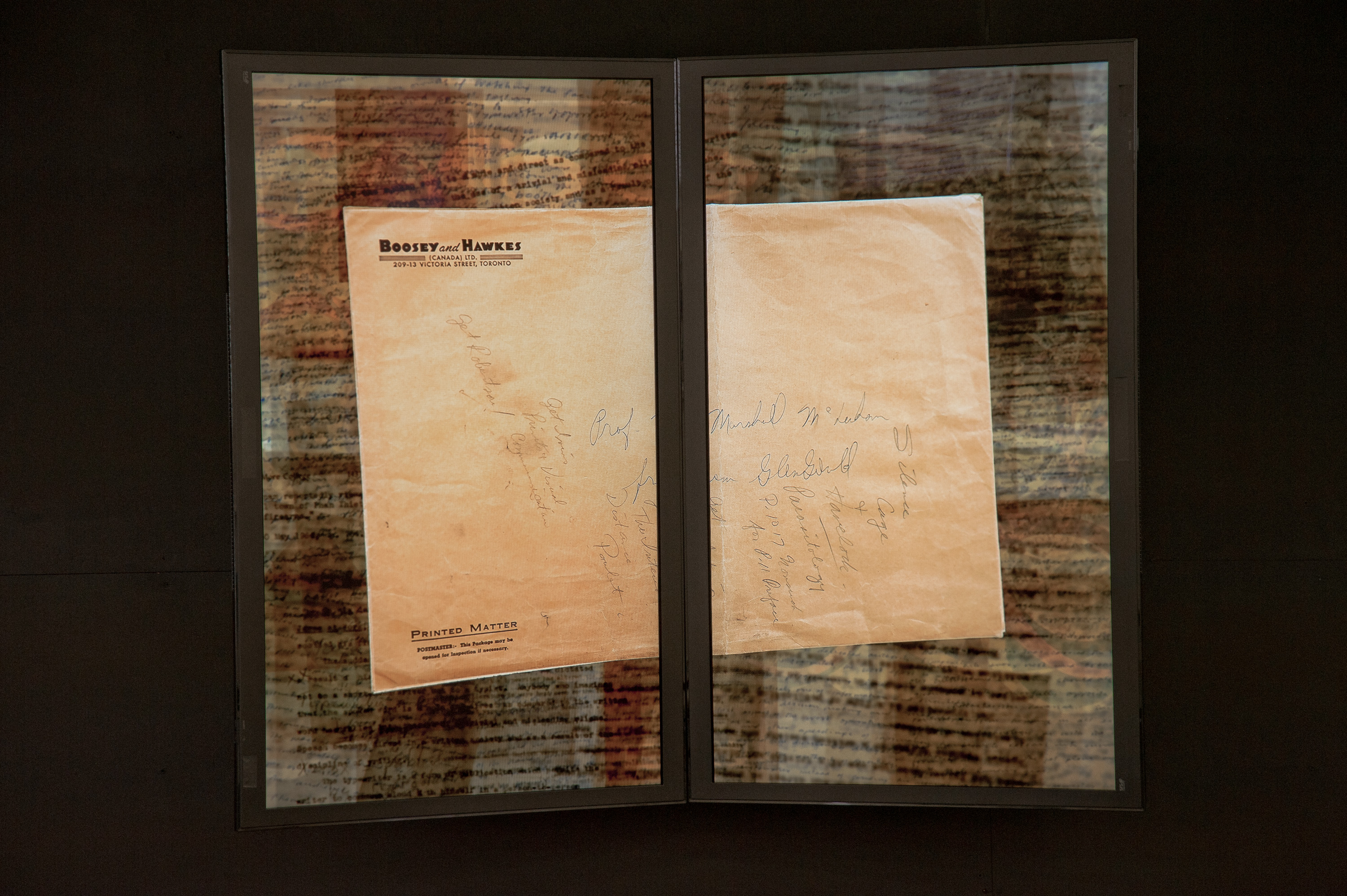
Robert Bean @2020